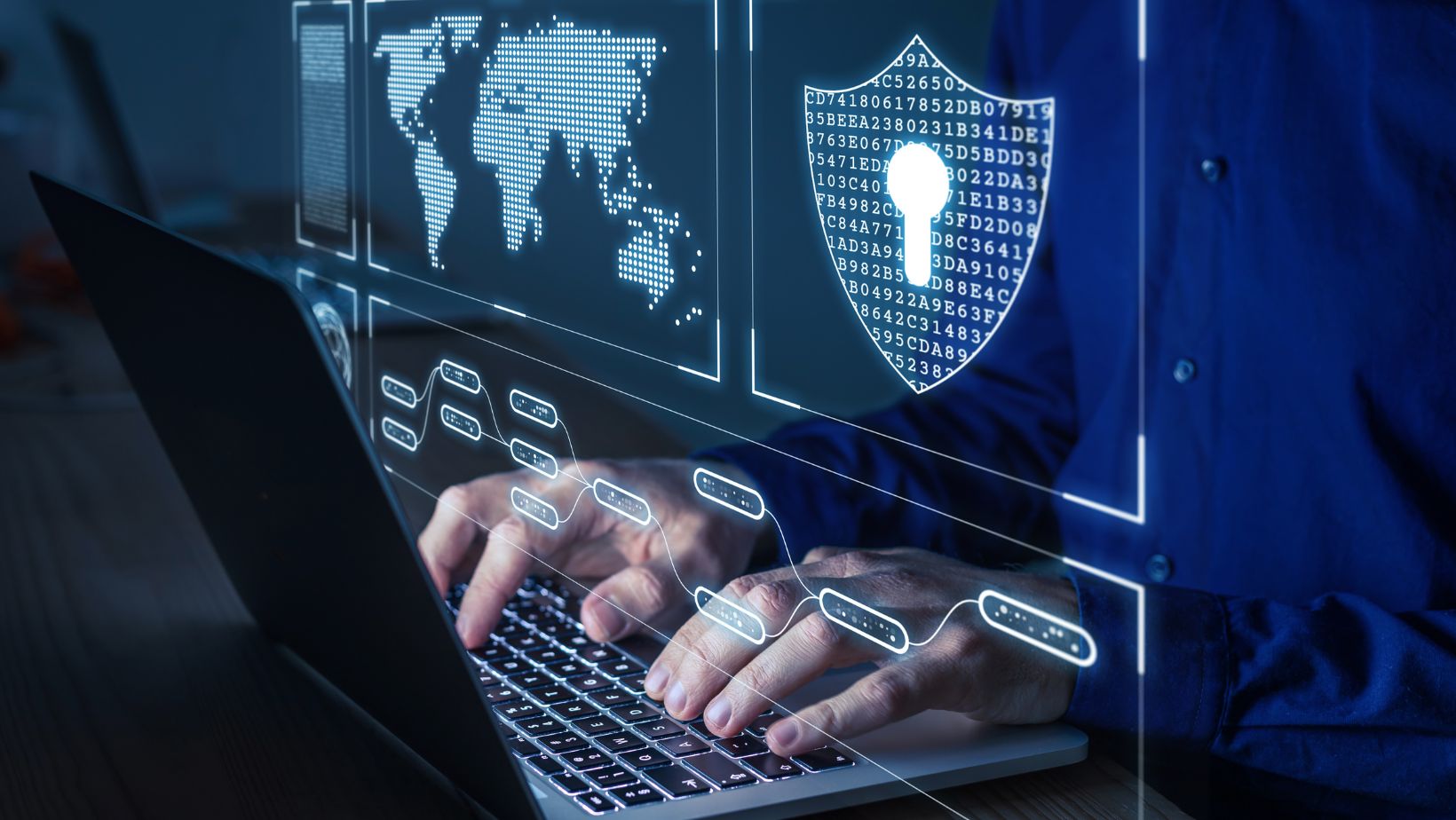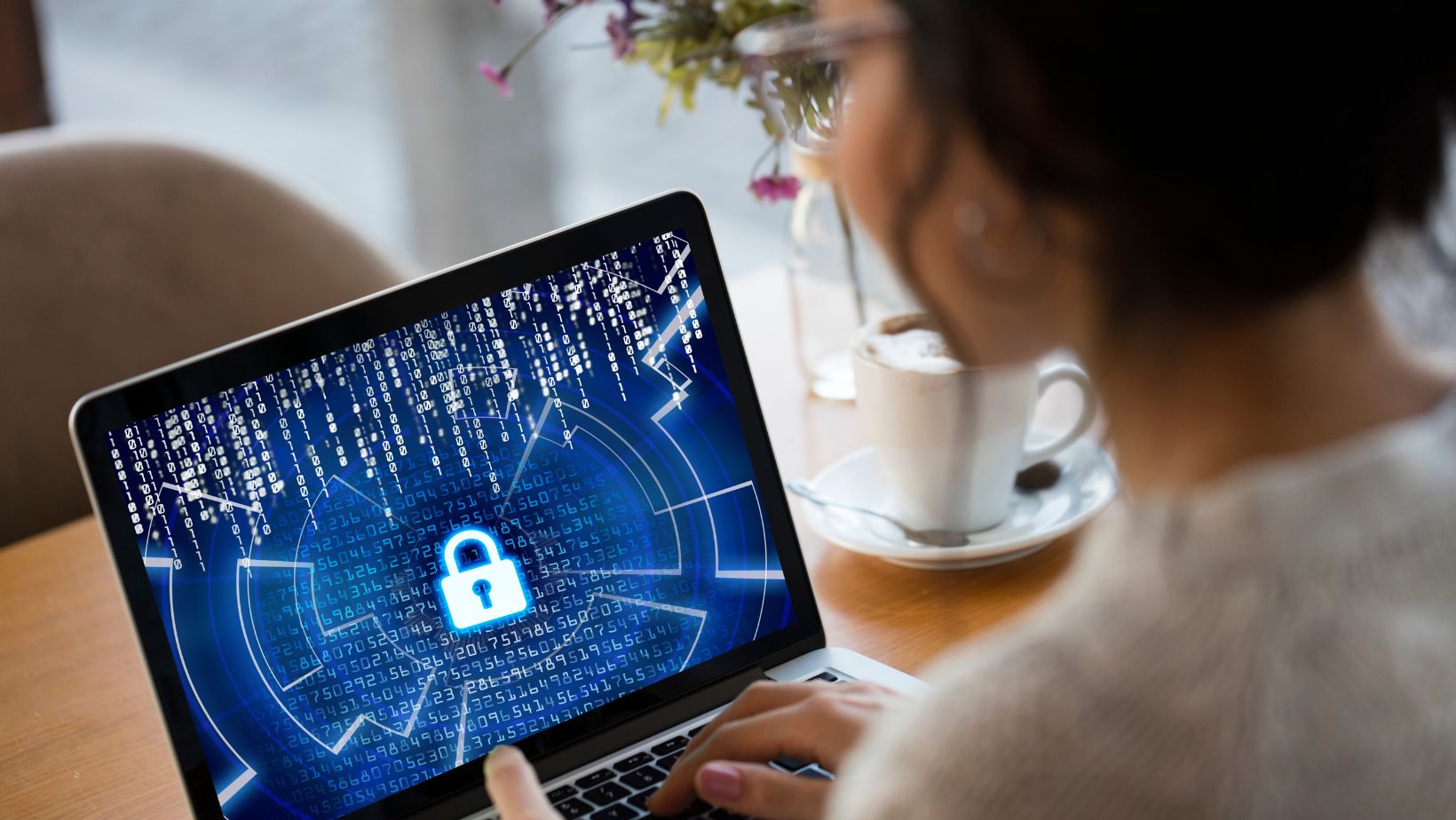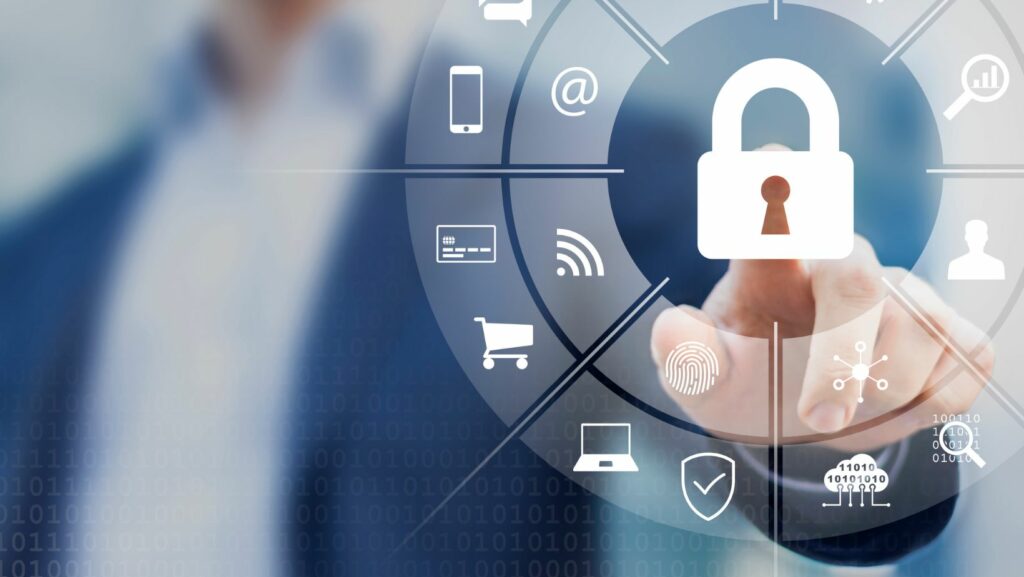Understanding IoT and the Emerging Security Challenges
The Internet of Things (IoT) is rapidly expanding as more devices around us become connected to the internet. IoT devices are skyrocketing, from home automation systems to industrial control sensors. However, this rapid growth comes with its set of challenges. As devices become more interconnected, the attack surface for cyber threats increases dramatically. Cybersecurity now plays a vital role in ensuring these devices are functional and secure from potential attacks. With countless devices sharing data across networks, the integrity and confidentiality of this data are paramount. Moreover, to navigate these challenges effectively and ensure robust security measures for your IoT ecosystem, contact Charlotte IT Solutions for expert cybersecurity and IT solutions to mitigate risks and safeguard your interconnected devices and data effectively.
The Risks Associated with IoT Devices
The more connected we become, the more vulnerabilities we potentially introduce into our personal and professional lives. Each IoT device has the potential to be exploited for nefarious purposes if not adequately secured. These breaches can have far-reaching and devastating effects, from the gathered personal data to critically sensitive industrial data. Financial loss, reputational damage, and personal privacy breaches are just scratching the surface. For instance, Fortinet’s study on IoT hacking showcases the real-world implications of security negligence regarding IoT devices, painting a clear picture of the current landscape and the urgency required to address these risks.
Fundamental IoT Security Measures
Various security measures must be implemented to navigate the threat landscape, starting with the manufacturers who design and produce IoT devices. They are responsible for ensuring that devices have built-in security features such as strong default passwords and the capability for regular firmware updates. Once these devices enter the market, it’s up to both vendors and users to maintain their security. Education is crucial, as users are often the weakest link in the security chain. Individuals and businesses must adopt best practices such as changing default passwords, regularly updating device firmware, and monitoring their devices for unusual activity.
The Importance of Educating Clients and End-Users on IoT Security
Vendors must educate clients about the potential risks and proper handling of IoT devices. By raising awareness, vendors can empower users to take preventive actions, reducing the likelihood of device compromise.

This education isn’t a one-time event but rather an ongoing conversation as technology—and the associated risks—evolve. Informative resources, including workshops, updated guidelines, and dedicated support teams, can considerably impact user preparedness.
Cutting-Edge Security Technologies for IoT
Advanced technologies are continually emerging to enhance IoT security. For Charlotte businesses working with IT consulting experts, leveraging innovations like encryption is essential to safeguard communication between devices and servers. Likewise, biometrics and two-factor authentication advancements have proven effective in validating user access to devices. Additionally, machine learning and behavior analytics allow businesses to detect anomalies in network traffic that could signal a potential security breach. Such technologies must be leveraged to create a barrier against the ever-evolving cyber threats targeting IoT ecosystems.
Security Protocols and Standards for IoT Devices
In a world where technology often outpaces regulation, IoT device manufacturers and vendors must proactively adhere to security protocols and standards. Bodies like the National Institute of Standards and Technology (NIST) are vital in defining and updating these standards. Compliance with such security protocols fosters trust with consumers and reduces the risk of regulatory penalties. These standards provide a blueprint for securing devices and ensure a uniform approach to addressing IoT security challenges.
Monitoring and Managing IoT Device Security
Even with the best preventive measures, every system is entirely foolproof. This is why monitoring IoT devices is so important; it allows for detecting and responding to security incidents in real-time. Management platforms that offer comprehensive visibility and control over IoT devices are becoming increasingly popular. They assist in identifying vulnerabilities, managing patches, and sometimes providing automated responses to security threats. Integrating these tools into IoT security strategies is becoming the standard for those wanting to keep a vigilant watch over their connected ecosystems.
Balancing Convenience with Security in IoT Deployments
As the focus on user experience heightens, there is often a push to prioritize convenience over security. This creates a dangerous trade-off that can leave users exposed to security vulnerabilities. IoT developers and designers must strive to create devices that are both user-friendly and secure by design. Implementing robust security measures should enhance, not detract from, the user experience. Transparent privacy policies and intuitive security settings can go a long way in achieving this balance.
Collaborative Efforts to Secure the IoT Ecosystem
The vast and varied nature of the IoT landscape necessitates collaboration across sectors and disciplines. From the ground up, manufacturers must work with cybersecurity experts to ensure devices are designed with security. Regulatory agencies provide the framework for security standards.

At the same time, vendors and end-users must uphold these practices in their daily operations. Initiatives like those championed by the European Union Agency for Cybersecurity (ENISA) highlight the importance of collective action in securing the IoT infrastructure.
Preparing for the Future of IoT Security
As IoT continues to advance, so too will cybercriminals’ tactics. Anticipating and preparing for potential threats is necessary for any business operating in the IoT space. Keeping up-to-date with insights from agencies such as NIST can equip stakeholders with the knowledge needed to evolve their security strategies alongside the threats they face. Furthermore, it’s imperative to consider the role that future technologies, such as artificial intelligence (AI) and machine learning, will play in bolstering and challenging IoT security efforts.


More Stories
How Technology is Changing the Way Small Businesses Sell Online
What Is a Cyber Attack and How Can You Prevent It?
Smarter Tech Investments: Reasons Why US Businesses Are Choosing Custom Software over Off-the-Shelf Solutions